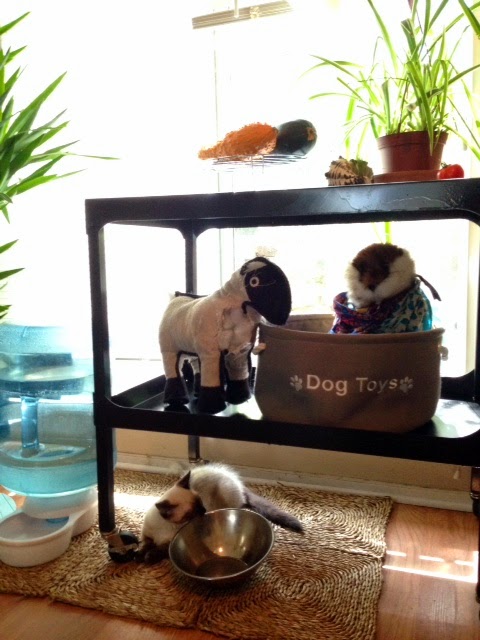The Best Furniture is FREE Furniture!
My Father-in-law is fabulous at finding treasures on the side of the road,
and for that my house is thankful. His latest find was this wonderful utility table on wheels. Of course I just had to do a little tweaking, so here are my quick steps!
and for that my house is thankful. His latest find was this wonderful utility table on wheels. Of course I just had to do a little tweaking, so here are my quick steps!
Step 2: Read the directions on the back of the can and spray away!
I like to work in a circle when spraying large objects. This was you can see your work in different lights and find missed areas. It's up to you if you want to paint the underside of the table.I like to go with the theory, 'out of sight, out of mind.'
(Make sure the newspaper does blow up and scratch your legs)
Side Note: Wear gloves.
I think the picture says it all on this one.
(If you don't have gloves, use a plastic baggie)
Tadaa!! Pop those wheels on and roll away!
With the heat of the summer, it took my table much longer to dry.
Be sure your table is completely dry before bringing it inside.
I love this table!
I can use it almost anywhere in the house!
For now It's hanging out with the puppies toys, but I'm bound to move it again!
Even the kitten loves it! Enjoy!



























